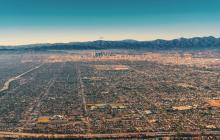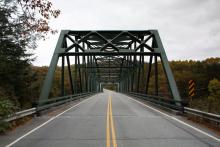Investment In Public Middle-Mile Infrastructure Is Imminent
Between the U.S. Treasury clarifying that American Rescue Plan (ARP) funds are eligible to be spent on middle-mile infrastructure and the U.S. Senate’s proposed infrastructure bill directing NTIA to establish a $1 billion grant program to support the deployment of middle-mile networks, federal assistance aiming to improve middle-mile access is imminent.
Cities and states across the U.S. have already committed portions of their federal relief funds to boost access to middle-mile infrastructure. City officials of Brownsville, Texas approved a plan in July to use $19.5 million of ARP funds to construct a 95-mile-long middle-mile broadband network. In Suffolk, Virginia, city council members set aside $5 million of relief funds for the first phase of a regional project to construct an open access, middle-mile fiber ring.
The Governor and State Legislature of California recently settled on a $3.25 billion agreement to build statewide public middle-mile infrastructure, “one of the largest state investments in public fiber in the history of the United States,” reports Ernesto Falcon for EFF.
The sudden surge in middle-mile investment may bring about confusion over what middle-mile infrastructure is and give rise to questions over the necessity of such investments. A new fact sheet from the California State Association of Counties (CSAC) clarifies commonly held misbeliefs about investing in public middle-mile infrastructure. Read CSAC’s new fact sheet here [pdf].
Investments in Public Middle-Mile Needed to Confront Monopolies



